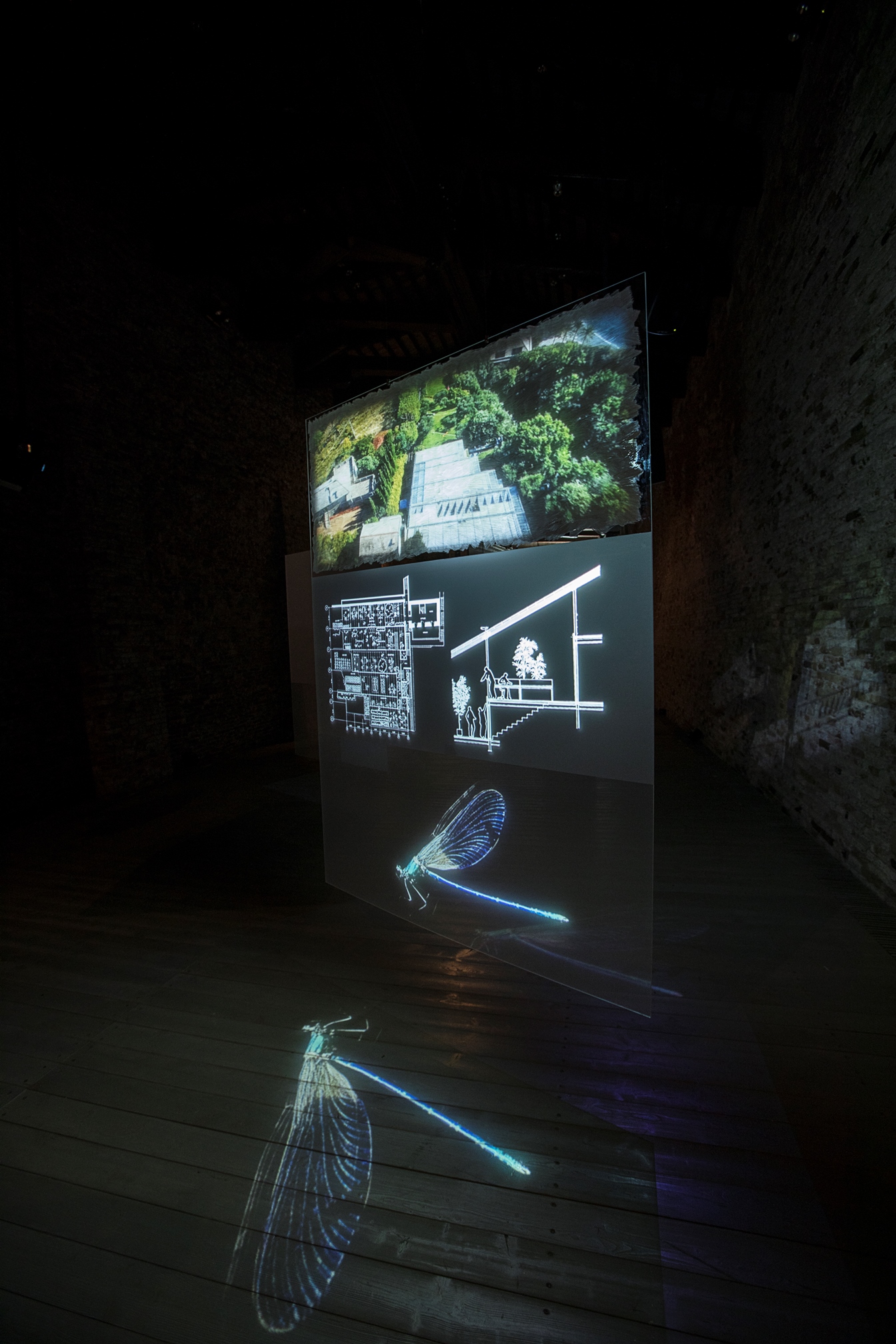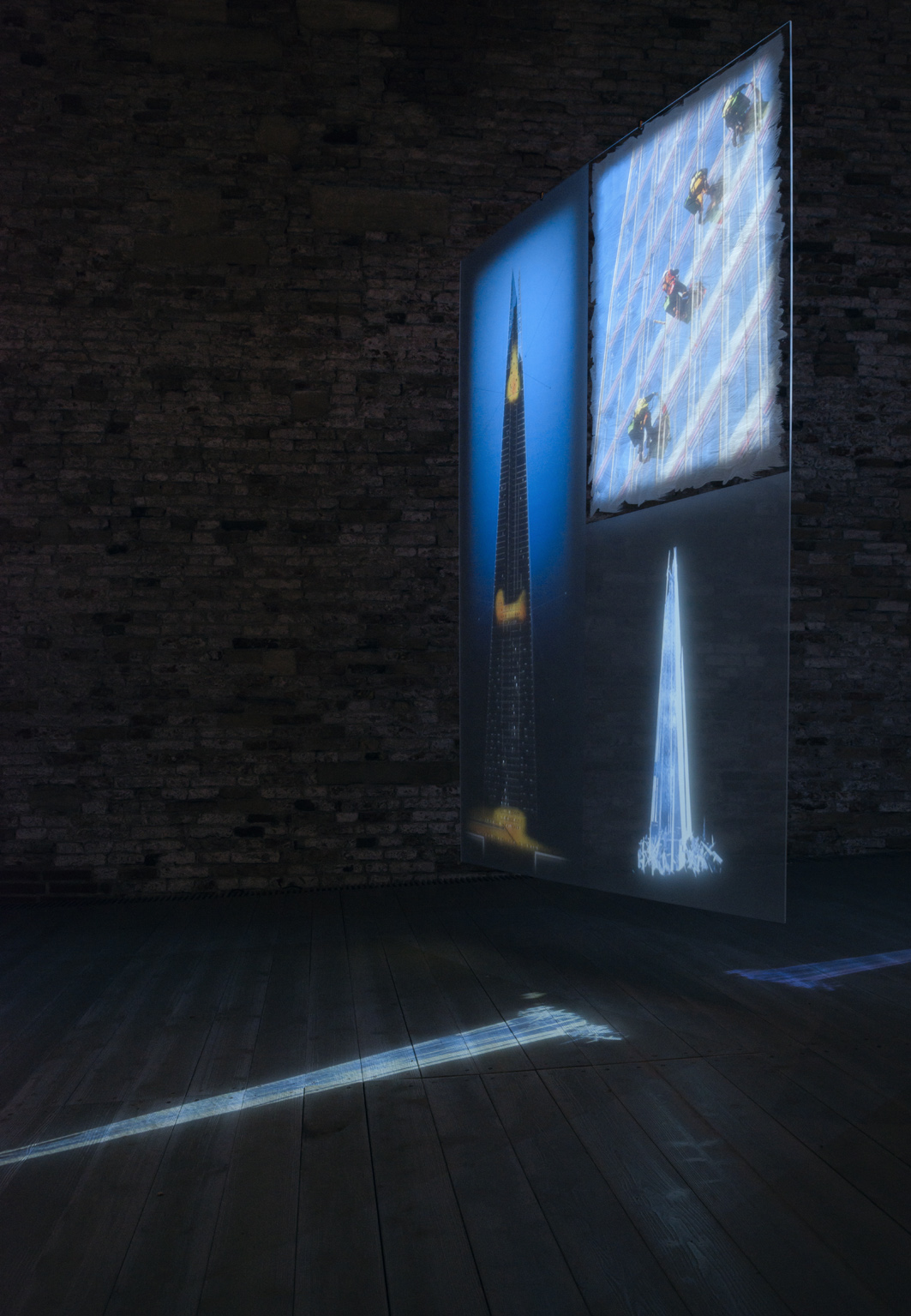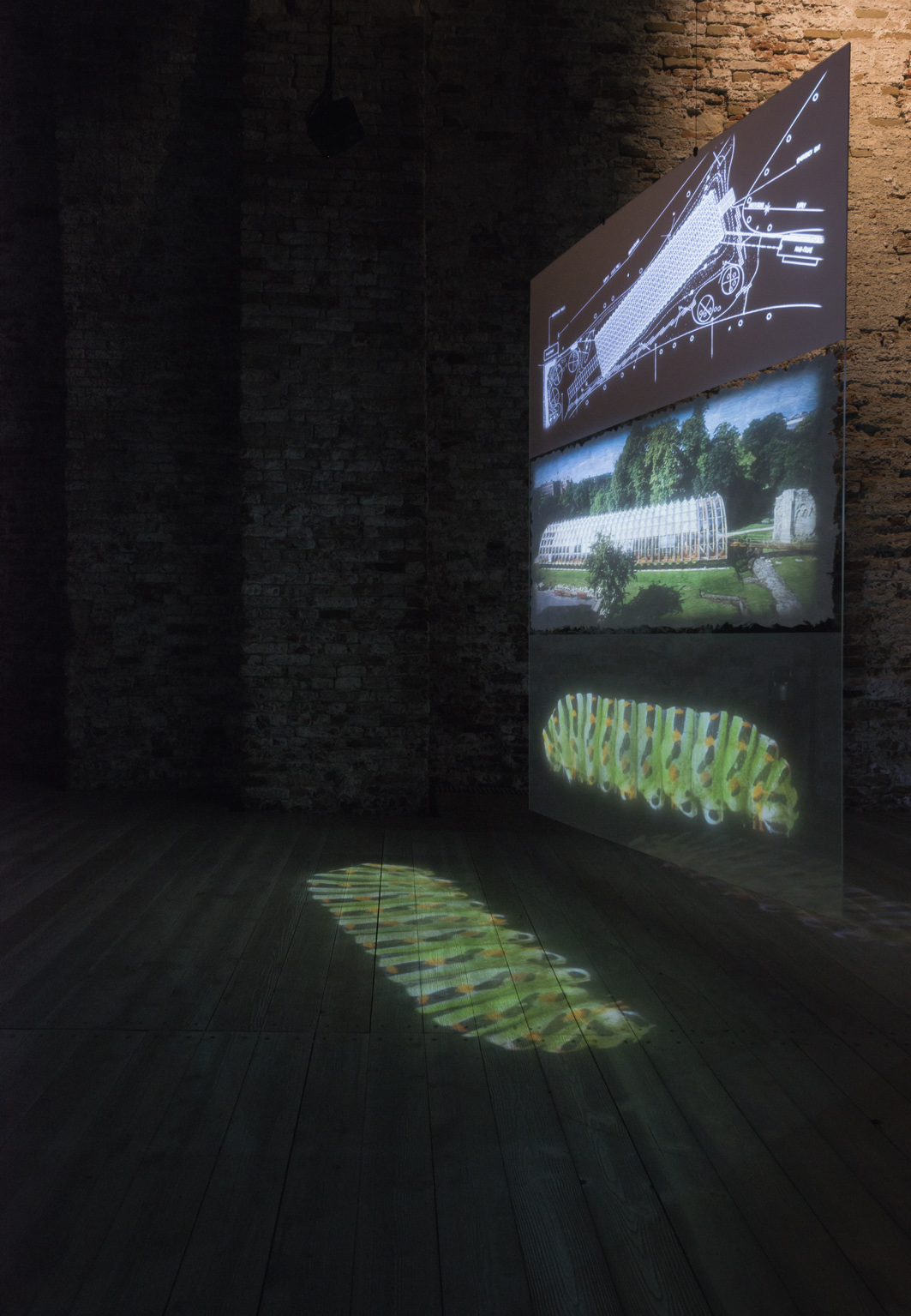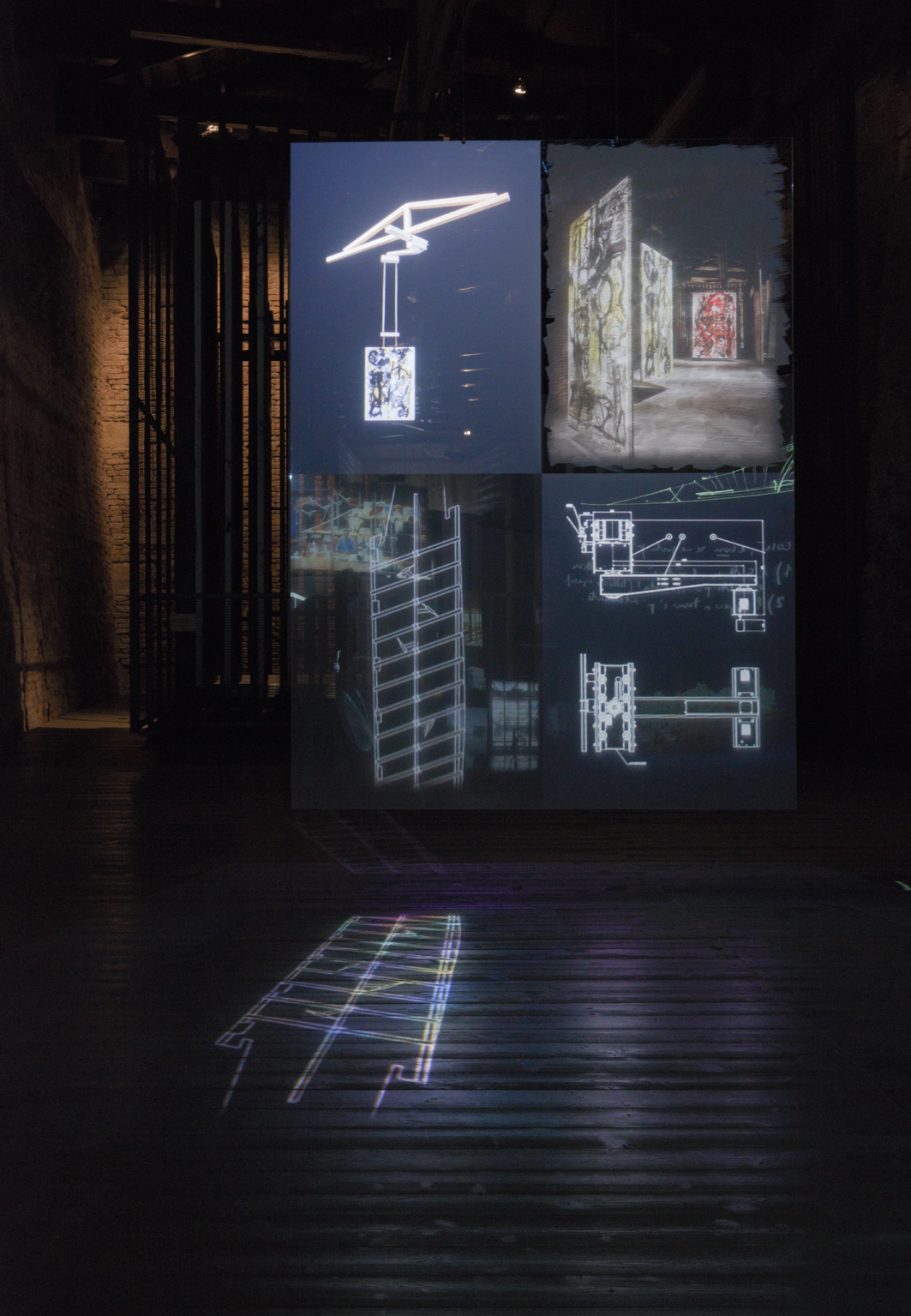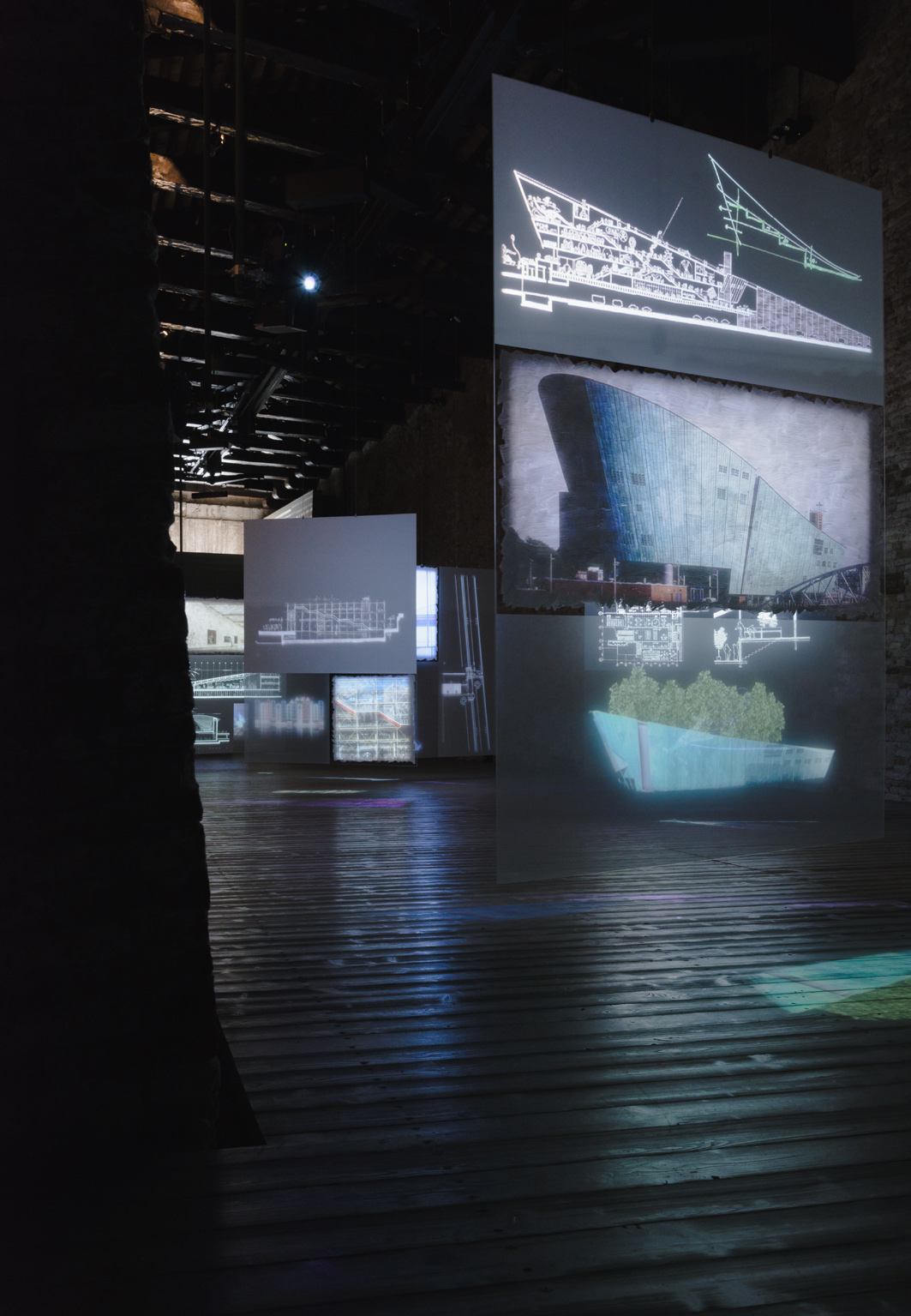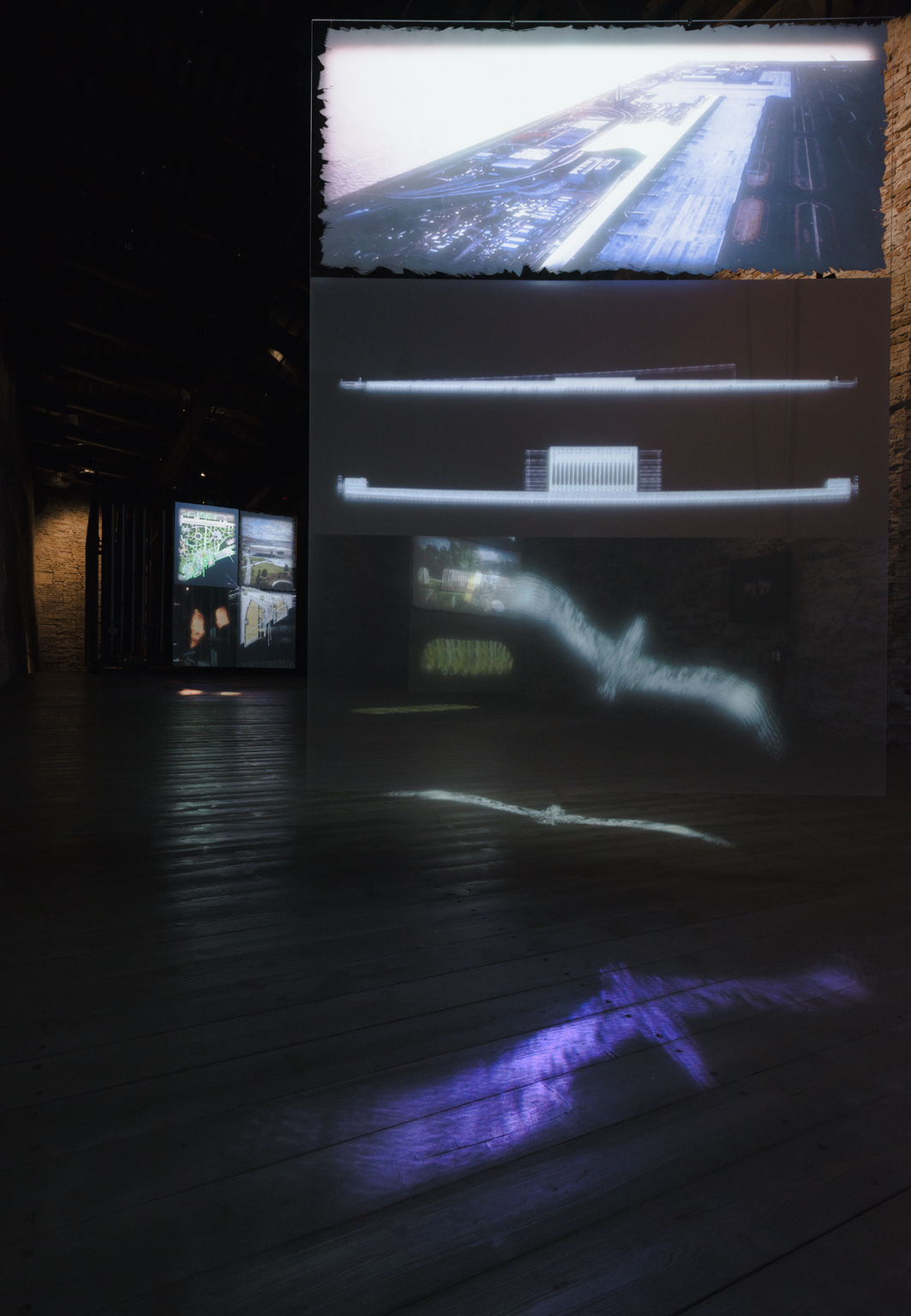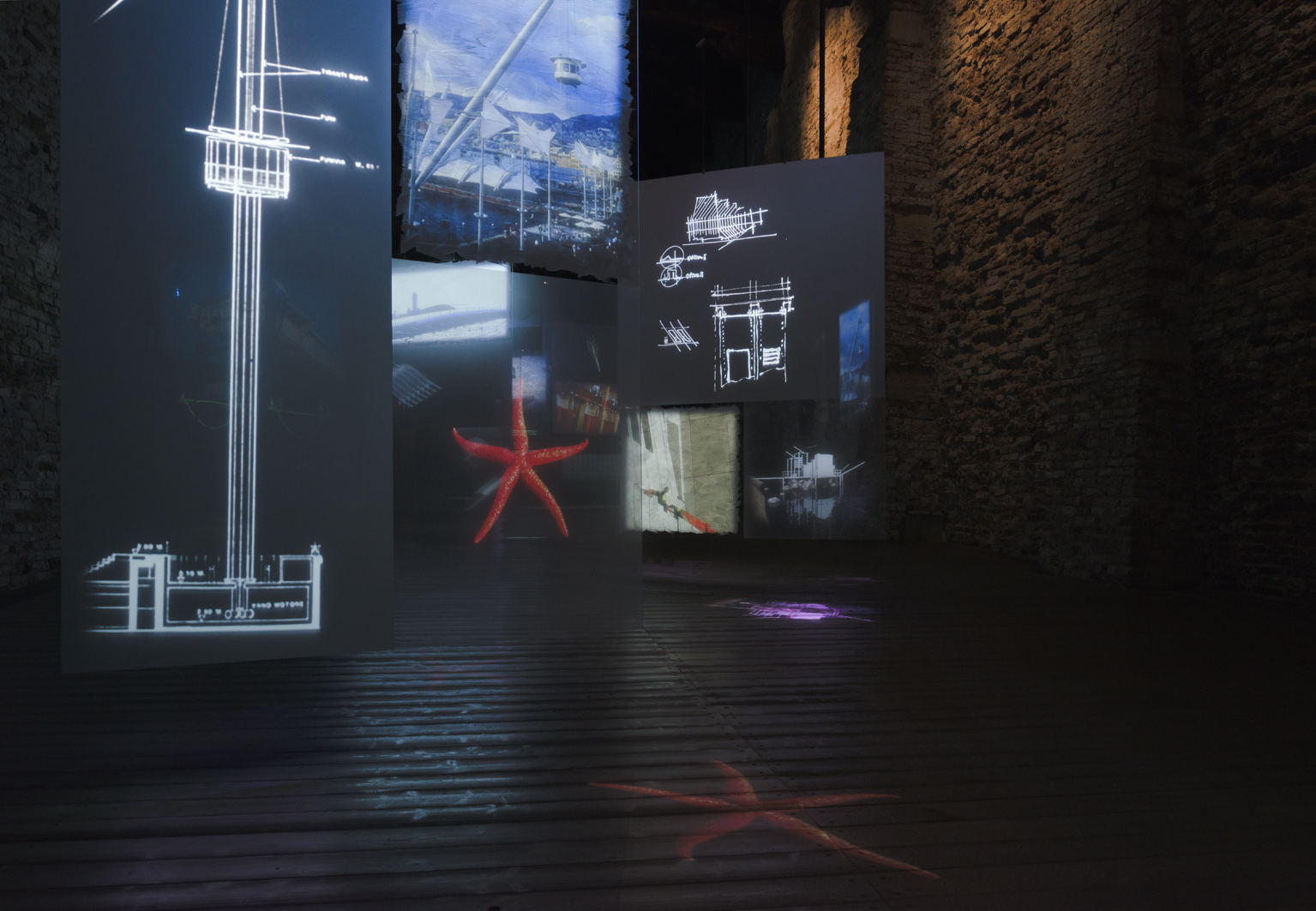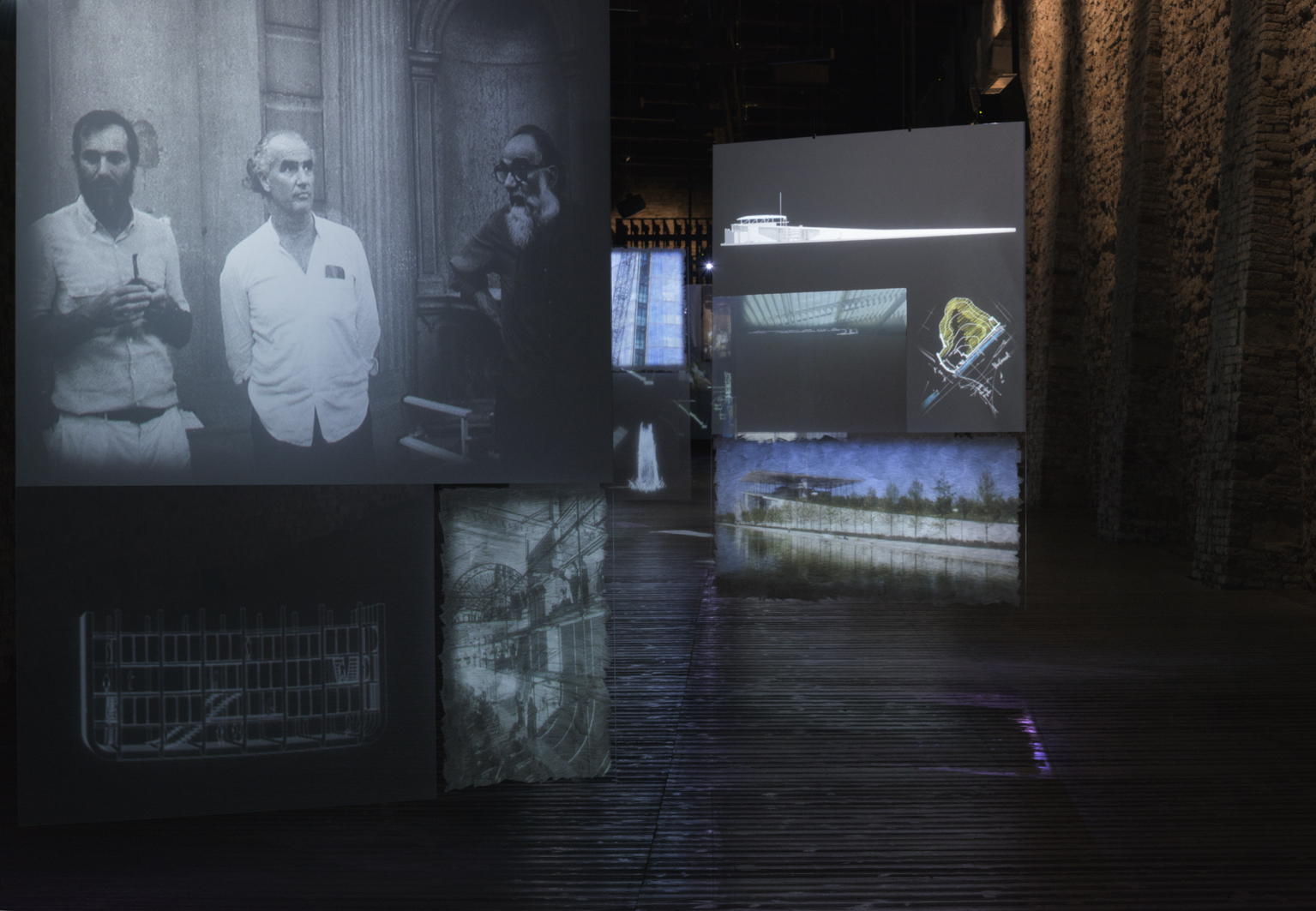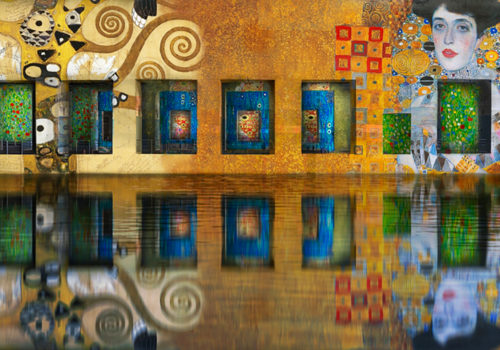With Studio Azzurro, 16 architectures of RPBW Architects on stage at the Vedova Foundation
In Venice, during la Biennale di Architettura, the attention of tourists and visitors will focus on timeless beauties of this unique city in the world, but also on three specific locations which, in these six months (May – November 2018), will turn into “Freespace “: the Arsenale, the Giardini and the island of San Giorgio Maggiore. There is also another place however, not far from the Guggenheim, which (until November 25th) will host an exhibition with a strong visual impact, with architecture always protagonist, capable of transporting the visitor (even the non-professional one) around the world. At the old Magazzini del Sale, already started on May 24th, it is possible to admire an exhibition dedicated to sixteen “Water projects” by the Renzo Piano Building Workshop; volumes and spaces able to report on the close relationship between the architect and all the seas around the world.
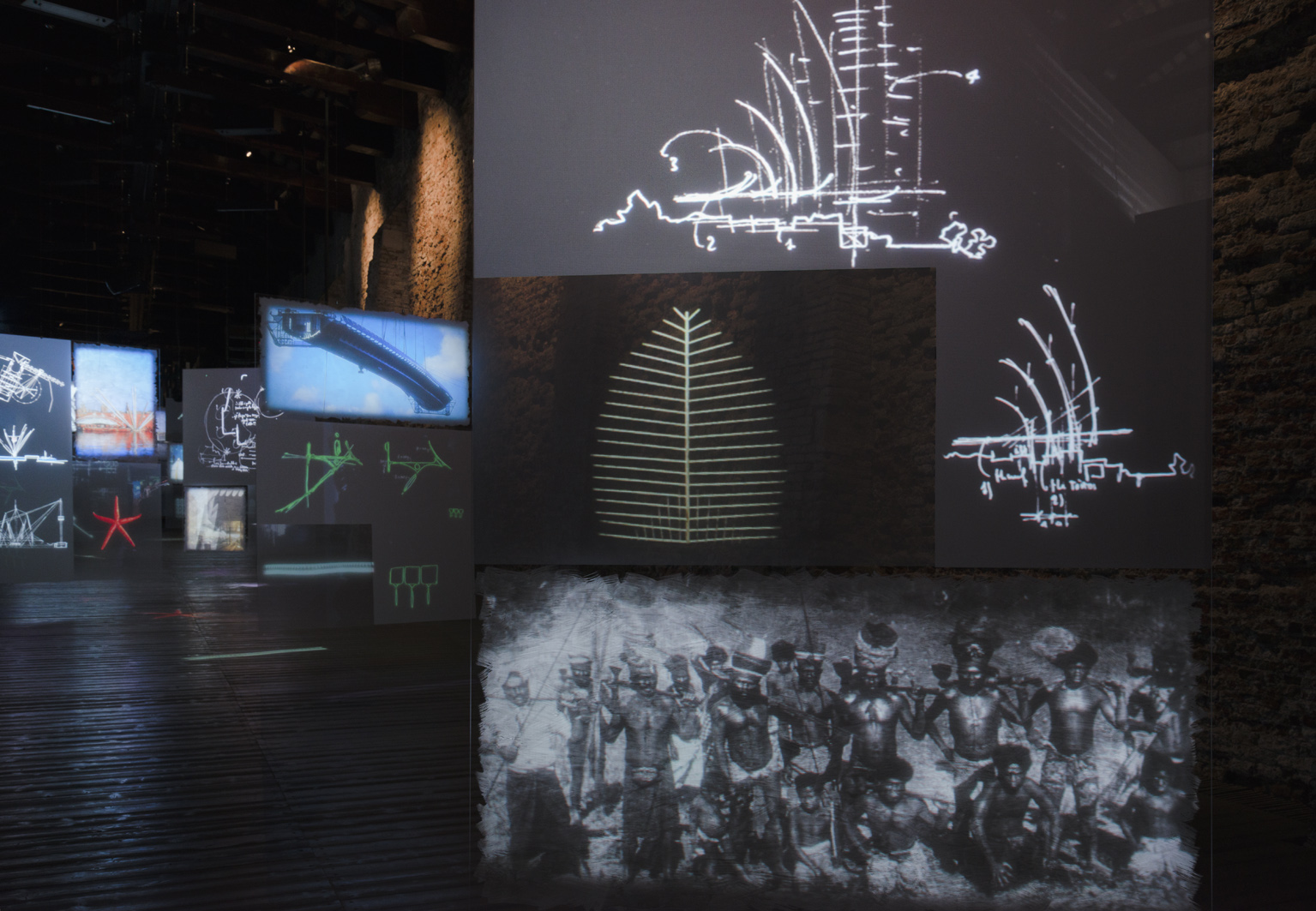
Interiors of the exhibition © Paolo Utimpergher
“More than an exhibition – says Piano – it is a real ‘theatrical staging’ commissioned by the president of the Vedova Foundation Alfredo Bianchini and the curator Fabrizio Gazarri. The skill and genius of Studio Azzurro, with the architectural project of Alessandro Traldi, have allowed creating, once again, a real archipelago where the visitor can ‘surf’ among some of my projects around the world”. An idea, this one which reflects the concept from which the Italian Pavilion of the 16th Architecture Biennale, curated by Mario Cucinella, has actually started, dedicated precisely to the Italian Archipelago.
The Magazzini del Sale (a salt warehouse), along the Zattere, where the exhibition space is owned by the Emilio and Annabianca Vedova Foundation, is actually one of the main examples of the unique relationship that Venice has with water. Built at the beginning of the fifteenth century as a deposit of the ‘white gold’ of the time, they are located in correspondence with what was once one of the main mooring banks of merchant ships arriving in the lagoon from all over the known world. Restored several times over the centuries, today the nine rooms are placed for different uses, but all linked to initiatives that have to do with the sea or with art and exhibition activity.
In 2008 the Vedova Foundation subsidized the renovation of the warehouse spaces that was carried out by Renzo Piano. Emilio Vedova and the architect were in fact linked by a strong friendship since the 80s, certified by an intense exchange of letters
The redevelopment works, completed in 2009, gave life to new spaces dedicated to the visual arts. The very element that distinguished the works as innovative and linked to the thought of Vedova, who died in 2006, was the construction of a mechanical device able to move the giant paintings around the exhibition space; far from an arbitrary digression, as Alfredo Bianchini explains.
“The concept expressed by the machina, in fact, comes precisely from Emilio’s intellectual lacerations, repeatedly expressed to Renzo in their distant dialogues. The message had to be universal and able to reach humanity, physically and intellectually, and to do this it had to go out, even in the real sense, from the canvas in which it was constrained. Piano – underlines Bianchini – has so exaggerated the existential contradiction of Vedova with the machina that has made so real, almost material, the idea of the work that penetrates and moves within a physical space”.
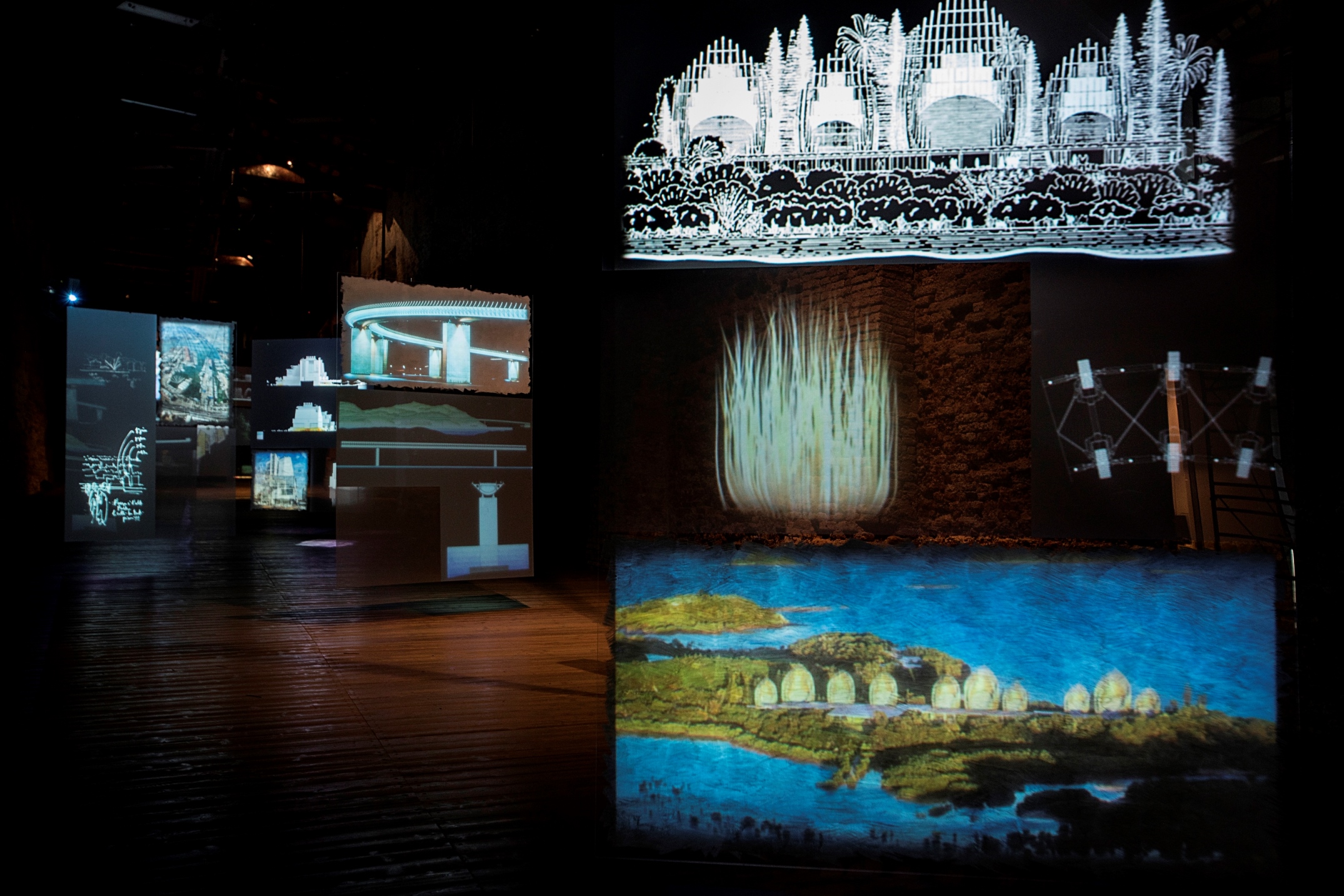
Interiors of the exhibition © Studio Azzurro
Visiting the exhibition, it is possible to appreciate the mechanism, even if in this case, are other technological devices to strike. To dominate the environment are in fact eight transparent panels, colored in white paint so to reflect the projected images, but at the same time, able to maintain an element of immateriality; a game this that reminds the main characteristics of water. The audience thus crosses a constantly moving visual environment in which positive drawings, projects, images and videos alternate and move, accompanied by the sounds and music recorded by Tommaso Leddi.
The journey along which the visitor is guided starts from Venice, in particular from the project ‘Prometheus: A Tragedy of Listening’ – in 1984.
This was the first collaboration opportunity between Renzo Piano and Emilio Vedova, with the first who created a wooden ark inside the deconsecrated church of S. Lorenzo, while the latter collaborated for space/light relationship and balance. From the lagoon the route leads to Athens, Amsterdam, Oslo, London, Genoa, Paris, New York, Osaka, Amakusa, Numea and Santander, before ending with the initiative that has led to the rebirth of Magazzini del Sale in 2008.
“There are no maps – highlights Alfredo Bianchini – papers, pencils, inks, books and shelves: it is a “videomatica collection on stage” about architecture even with the use of the machina structures. What is represented at the Magazzino del Sale is the transition from the project to reality, or rather, from the staging phases to those of a definitive new urban scenario”.
© ALL RIGHTS RESERVED
translation by Olga Barmine


![Renzo Piano Progetti d'Acqua, Fondazione Emilio e Annabianca Vedova, Venezia, 2018 © Studio Azzurro[:][:it]Renzo Piano Progetti d'Acqua, Fondazione Emilio e Annabianca Vedova, Venezia, 2018 © Studio Azzurro[:]](https://www.pantografomagazine.com/wp-content/uploads/2018/06/P-004-RP-PdA-�Studio-Azzurro.jpg)
